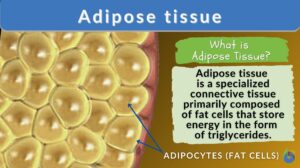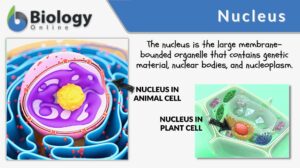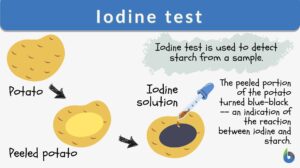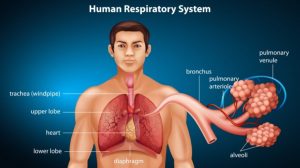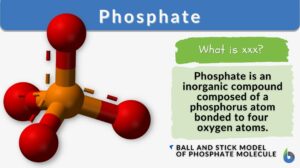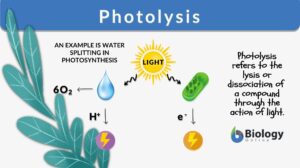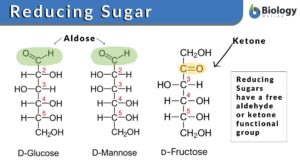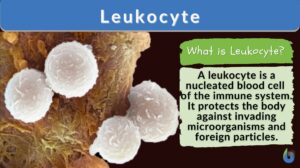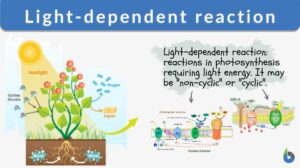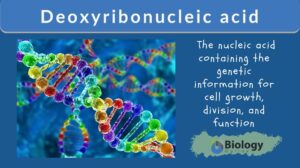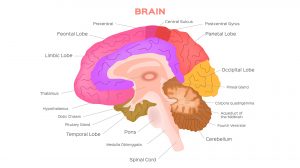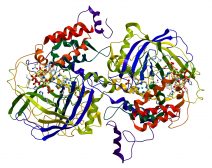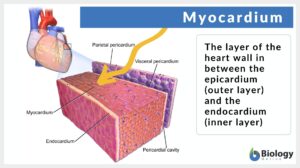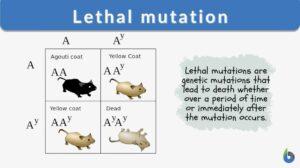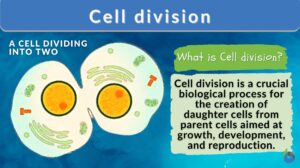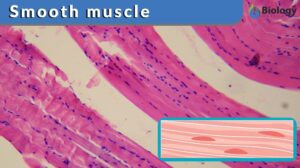Search Results for: fraction
Adipose tissue
Adipose Tissue Definition Adipose tissue, a specialized variety of connective tissue, is composed of lipid-rich cells known... Read More
Osseous tissue
What Is Bone Or Osseous Tissue? Osseous tissue is the structure providing, hard and mineralized connective tissues. Osseous... Read More
Iodine test
Iodine Test Definition The iodine test is a chemical reaction-based identification test for starch. In this test, iodine... Read More
Natural selection
Natural Selection Definition What is natural selection in biology? Natural selection is defined as a process in nature... Read More
Respiration
Organization of the Respiratory System Each lung is composed of air sacs called alveoli - the sites of gas exchange with... Read More
Fahraeus-lindqvist effect
Fahraeus-lindqvist effect The decrease in apparent viscosity that occurs when a suspension, such as blood, is made to flow... Read More
Kinetic molecular theory
Kinetic molecular theory (Science: chemistry) this theory assumes that molecules must collide in order to react. The more... Read More
Primary productivity
Planet Earth is home to different types of life forms ranging from microscopic bacteria to giant whales and elephants. To... Read More
Kingdom Animalia
Kingdom Animalia Definition Each person can say that they know of or can name at least one animal. However, do people know... Read More
Packed cell volume
Definition noun The proportion of blood occupied by red blood cells, usually expressed as a percentage of the total blood... Read More
Unstriated muscle
unstriated muscle --> smooth muscle (Science: anatomy, pathology, physiology) muscle tissue in vertebrates made up from... Read More
Ribonucleic acid
Ribonucleic Acid Definition noun (uncountable), ribonucleic acids ri·bo·nu·cle·ic ac·id, raɪboʊnjuːkliːɪk... Read More
Directed case study method for teaching human anatomy and physiology
DIRECTED CASE STUDY METHOD FOR TEACHING HUMAN ANATOMY AND PHYSIOLOGY William H. Cliff and Ann W. Wright Department of... Read More
Photolysis
Photolysis Definition We define photolysis as a chemical process in which chemical compounds or molecules are split into... Read More
Reducing sugar
Reducing Sugar Definition What is reducing sugar? The type of sugar that acts as the reducing agent and can effectively... Read More
Sex-linked trait
Definition of Sex-Linked Traits A sex-linked trait is an observable characteristic of an organism that is influenced by the... Read More
Light-dependent reaction
Many organisms, such as green plants, convert light energy into chemical energy through the mechanism of photosynthesis. In... Read More
Deoxyribonucleic acid
Deoxyribonucleic Acid (DNA) Definition A nucleic acid refers to any of the group of complex compounds made up of linear... Read More
Human Neurology
Human Neurology deals essentially with the nervous system of humans. It also features the various theories put forward by... Read More
Protein Activity and Cellular Metabolism
Protein Binding Sites The ability of various molecules and ions to bind to specific sites on the protein surface forms the... Read More
Myocardium
Myocardium Definition What is the myocardium of the heart? It is the muscular middle layer of the heart that is... Read More
Major histocompatibility complex
Definition noun A cluster of genes on a particular chromosome that specify major histocompatibility... Read More
Rudp carboxylase
RuDP carboxylase --> ribulose bisphosphate carboxylase (Science: enzyme) A copper protein that catalyses the formation of... Read More
Lethal mutation
Lethal Mutation Definition Genetic mutations come from changes in the DNA structure or sequencing in an organism. Often... Read More
Cell division
Cell division is a biological process by which a parent cell duplicates its cell contents and divides to give rise to two or... Read More
Smooth muscle
The smooth muscle can be described as a type of muscle in the human body that is non-striated and involuntary in action.... Read More
Divided dose
Divided dose a definite fraction of a full dose; given repeatedly at short intervals so that the full dose is taken within a... Read More
Electromagnetic radiation
Definition noun The radiation that consists of associated, interacting electric and magnetic field waves traveling at the... Read More
Supernatant
supernatant (Science: chemistry) The soluble liquid fraction of a sample after centrifugation or precipitation of insoluble... Read More
Residual volume
Residual volume is a term that is most often seen in lung physiology where it is defined as the amount of air remaining in... Read More
